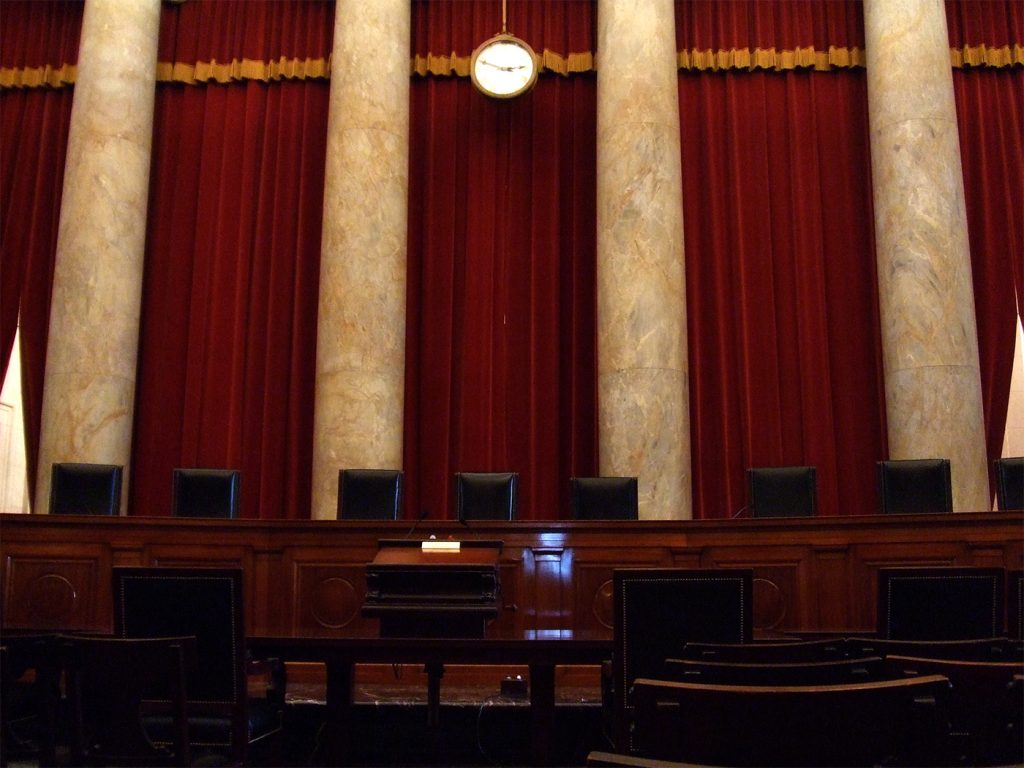
The vacancy of a Supreme Court Justice is certainly no small matter. While plans are currently being discussed within the Senate, it is still uncertain when exactly the seat left by late Supreme Justice Antonin Scalia will be filled. Both Presidential candidates have hinted that they plan to fill the position as soon as possible after their inauguration. However, it is possible that prolonged deliberation within the Senate could result in another judicial term with only eight Supreme Court Justices.
An article written by Professor Erwin Chemerinsky in the ABA Journal outlines the importance of appointing a Supreme Court Justice with haste.
Less Justices Results in Fewer Hearings
Within the last term, the Supreme Court only managed to make 28 decisions before taking a recess in June. Many future decisions will affect laws regarding racial equality, criminal justice, education, and other important constitutional rights. For example, as noted in Chemerinsky’s article, there will be review of Pena-Rodriguez v. Colorado on October 11th. This case will determine if expression of racial bias during jury deliberation constitutes grounds for a retrial.
Many outcomes could be affected by the absence of a Supreme Court Justice. On average, the Supreme Court presides over about 70 cases per term, according to Chemerinsky. Although, during the previous term it ruled on a smaller docket of cases than average. This decline in hearings may be a result of Scalia’s absence, as the partisan split of the Justices results in longer deliberation over accepting and ruling on cases.
Though the Court already has many cases lined up for the next term, a long delay in providing a hearing could have long lasting effects if some cases are not given priority (such as cases regarding voting laws).
Stuck in Limbo
Not being able to address enough cases within a term is not the Supreme Court’s only challenge when faced with a panel of eight Justices. In rare instances, the Supreme Court has a split vote of four-to-four which results in no legal decision being made. This circumstance is known as a case going into “limbo,” and thus will uphold the lower court’s decision until the case can be revisited with a panel of nine Justices.
Instances of cases entering “limbo’ have already occurred. For example, a case earlier this year in June resulted in a split vote that regarded the deportation of millions of undocumented immigrants. Furthermore, this case may only be settled when a ninth Justice is appointed after recommendation by the President and a vote count by the Senate for approval. A process that could easily take months.



Leave a Comment